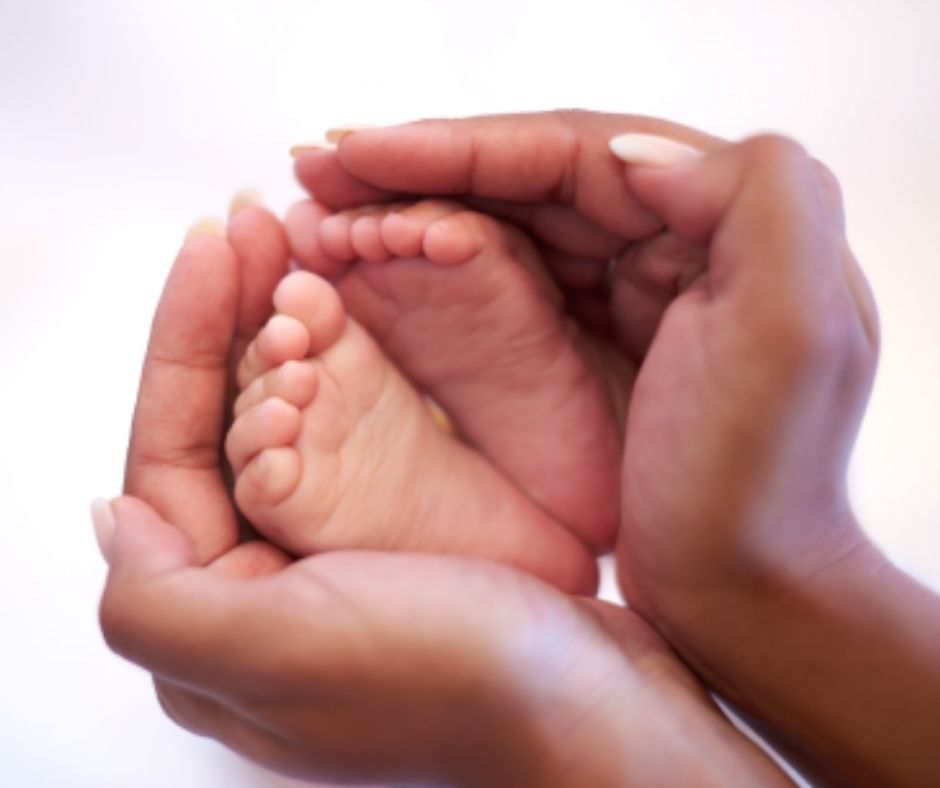Every year thousands of donors, especially Alumni, choose to donate their '5 per mille' to Politecnico di Milano. These donations foster research and are very useful to finance projects with a high social impact as well as promoting young researchers .
Among these projects there is also BAMBI - Balloon Against Maternal BleedIng , a kit that fights off postpartum bleeding (PPH) , making the device more economical and practical than those currently used.
Postpartum haemorrhage (EEP) is a global obstetric emergency: it is the leading cause of maternal mortality in the world. Of the approximately 140,000 deaths from EPP annually, 99% occur in developing countries, with devastating social costs for already fragile communities due to precarious economic conditions that were made even more vulnerable by the SARS-CoV-2 pandemic.
In these mostly rural countries, births take place mostly at home, without the presence of a doctor, and it is often difficult (if not impossible) to reach a hospital in time in the event of EPP. While the reference standard tool for the management of EPP in industrialized countries is the Bakri® device, due to its very high cost it is not apllicable to large-scale use in the aforementioned countries.

The main objective of the BAMBI project is to design a new device for developing countries, capable of correct and make effective management of the EPP and costing less than 5 dollars per unit. For this reason, the idea was filed as a social patent.
The researcher Francesco De Gaetano explains what is currently applied in developing countries: "A probe cover is tied with a tube wire connected with a bag full of physiological solution. The probe cover is then inserted into the uterus where, by swelling due to filling with the aforementioned solution, it compresses the uterine wall thus stopping the bleeding".
The idea of this emergency device is valid in itself, the problem lies in the materials used, in the methods of assembly of the various components and in the lack of sterilitization of the entire operation. This device should remain inside the uterus for up to 24/48 hours after its insertion ; during this period, due to the craftsmanship of the connection between the different components, fluid leaks may occur, leading to a reduction in volume and failure to achieve the goal of stopping the bleeding.

In the most severe cases of EEP, losses of half a liter of blood per minute can be reached, leading to the death of the patient within a few minutes. For this reason, the device should not be subject to leaks that reduce the effectiveness of plugging the bleeding. The new device we are designing is focused on solving these technical problems to ensure safety of treatment throughout the application, as well as its simple and safe use".
The device object of the BAMBI project, in addition to acting quickly, must therefore be easy and intuitive to use in less than ideal conditions.
"We aim to reach the end of 2021 with the design of the working device, so as to start the validation process and consequently the field trials at the beginning of 2022".
